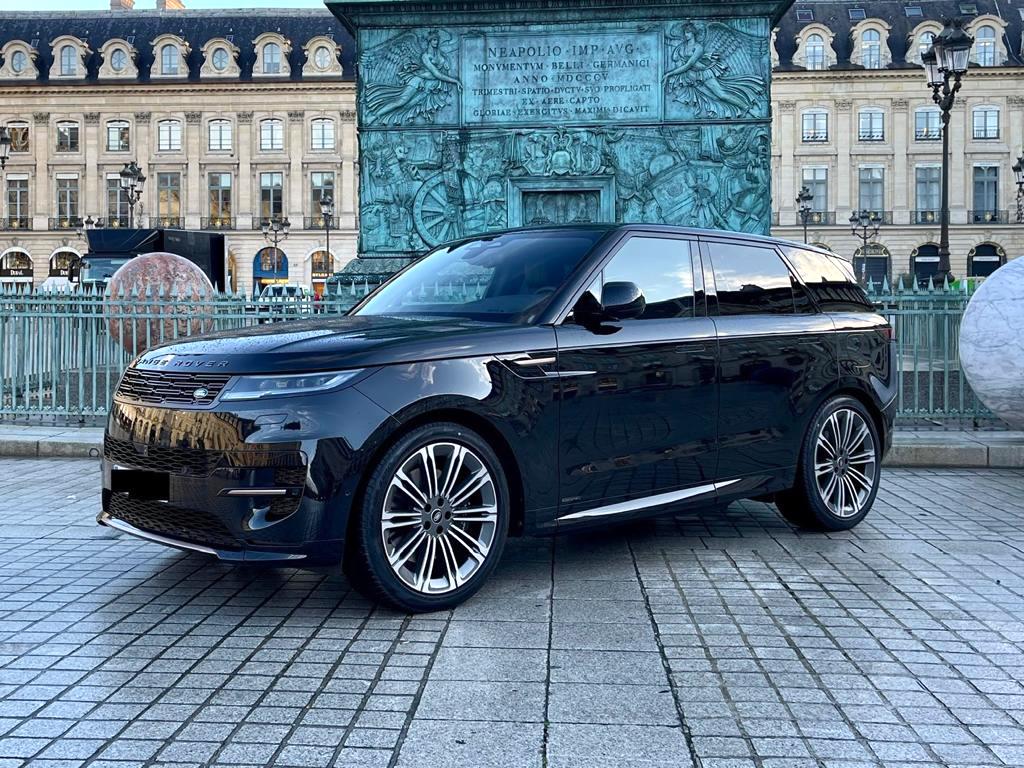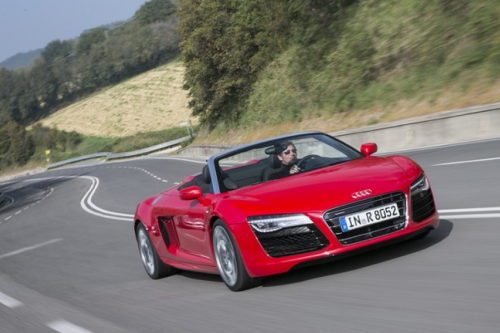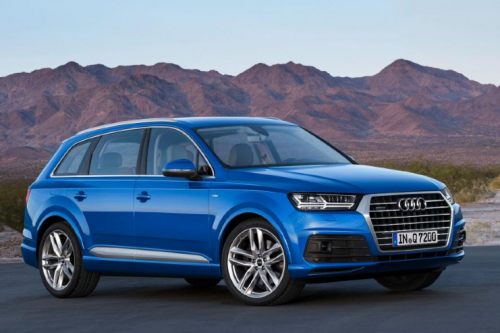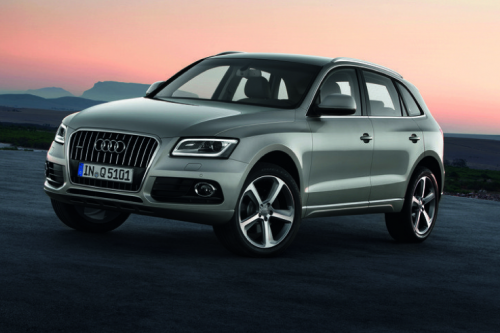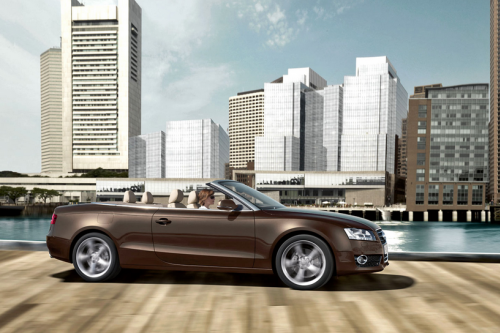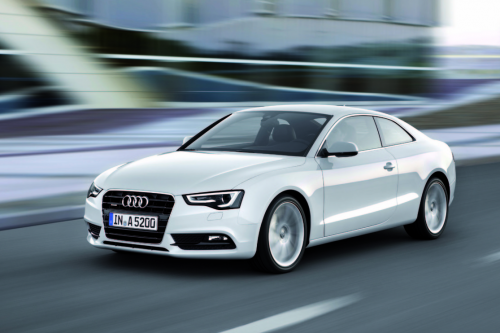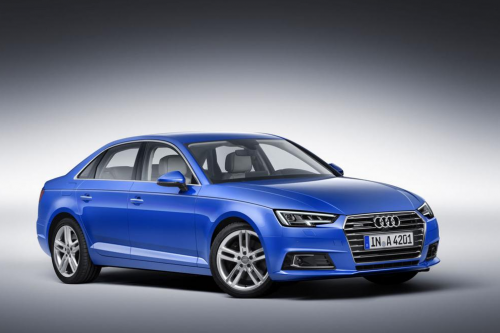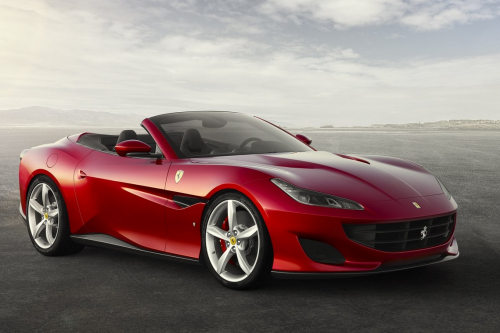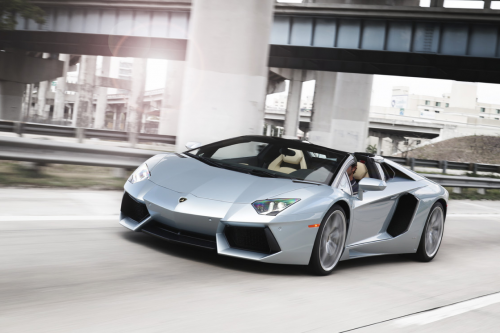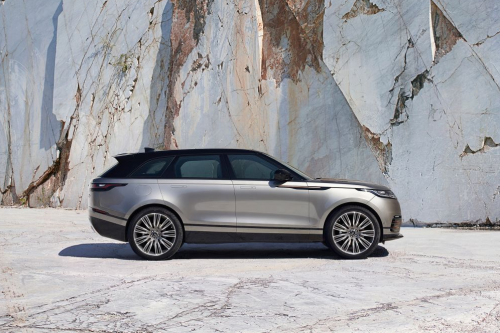In 1899, August Horch decided to set up his own car factory, entitled A.Horch & Co, after years of apprenticeship with Benz. Very quickly, the company acquires a certain notoriety because of the excellence of a high-end production. August Horch, however, disembarked from the board following a deep disagreement with his technical director, Fritz Seidel. He decided to embark on a new adventure by setting up an entity called A.Horch Automobil Werke. For legal reasons, August Horch is nevertheless obliged to choose a new name, in order to avoid a possible pursuit on the part of his former partners. He then decided to give up his surname and opted for AUDI Automobil werke gmbh, a skilful choice referring both to the Latin verb Audi (to hear / listen) and to the meaning of his name in German (Horch meaning "Listen"). These events do not prevent August Horch from getting back to work, and from producing good cars again. Audi thus gains its first letters of nobility by penetrating the market of the sports car: the mark participates in 1912 in the Coupe des Alpes, an endurance race won three years in a row by its pilots, which allows it to sit a sporty image and certainly high-end. In spite of these athletic exploits and a certain technical legitimacy, August Horch's brand is struggling to provide for itself. Audi finds itself in a financial and economic stalemate as it is bought by DKW in 1928 which, as the name suggests ("Vehicles driven by steam"), was until 1916 specializes in the construction of steam engines . The times are tough and the Great Economic Depression of Germany in 1929 does not help the business of the "small" German builders. In 1932, in order to escape this appalling economic situation, Audi and DKW decided to partner with Wanderer (manufacturer of bicycles, motorcycles and automobiles including the famous Wanderer Puppchen) and Horch to create a new group called Auto Union. The words of DKW's CEO, J.S Rasmussen, still echo us: "Today, because of the crisis, our small cars are selling badly. Our too independent factories sometimes compete with each other. It is necessary to group them together and with them, our techniques, our networks but especially our men and our know-how. In addition, since our small cars have lost their customers, make more powerful, large sedans but also racing cars. ". August Horch naturally joins the ranks of the Auto Union Group Board of Directors. Following the merger of the four manufacturers into a single entity, the Auto Union AG consortium becomes the second largest group in the German automotive industry behind Mercedes-Benz. His new logo consists of four rings is a tribute: it honors a composite past. The consortium is repositioning itself on mid-range models in order to stand out from a prestige niche already captured by Austro-Daimler and Mercedes-Benz. Audi, however, continues to produce prestige vehicles, given its legitimacy in this area. The Second World War nonetheless brought a deep stop to the group's car business. Its factories are requisitioned to participate in the war effort: they will be partly destroyed by the allies. In the aftermath of the conflict, employees are even forced to move to the historic DKW plant in Ingolstadt to resume production. From this complicated period emerged a new group entity in 1949: Auto Union GmbH. Mercedes-Benz became the largest shareholder in 1956, before selling its shares to Volkswagen a few years later. In 1965, Volkswagen strove to revive the Audi brand in the commercial market, and impels the output of a 1.6-liter four-cylinder front-wheel drive. Success is at the rendezvous. Other models will see the day including the Audi Quattro in 1980, a sports coupe with four-wheel drive unique. The Audi Quatro is suitable for sports use as well as everyday use in urban areas. Since these early successes, Volkswagen has never stopped trusting the expertise of Audi, which has returned it by signing some of the most beautiful engines of recent decades: the Audi A3, the Audi A4 or the Audi TT.
Are you dreaming of cruising the streets of Paris or exploring the stunning landscapes of Europe in a luxurious Audi? Look no further than ParisLuxuryCar, your ultimate destination for Audi rentals and other high-end vehicles, with or without a driver.
At ParisLuxuryCar, we pride ourselves on offering an extensive selection of Audi models, including the sleek and sporty Audi A3, the luxurious Audi A6, and the powerful Audi Q7. Whether you're planning a romantic getaway, a business trip, or a family vacation, our fleet of Audi vehicles is sure to meet your needs and exceed your expectations.
But our services extend far beyond Paris. With locations in Versailles, Nice, Cannes, Saint Tropez, Deauville, Lyon, and major airports such as Paris CDG, Paris Orly, and Paris Le Bourget, as well as cities across Europe including Geneva, Luxembourg, Milan, Barcelona, Zurich, Madrid, and Rome, ParisLuxuryCar makes it easy to rent an Audi wherever your travels may take you. Our Audi rental offers include flexible rental terms, competitive rates, and impeccable customer service. Whether you prefer to drive yourself or sit back and relax with a professional driver at the wheel, ParisLuxuryCar has you covered. Plus, with our convenient online booking system, you can reserve your Audi rental with just a few clicks, allowing you to focus on planning the rest of your trip. And with our 24/7 customer support, you can rest assured that we're always here to assist you, whether you have questions about our services or need assistance during your rental period. So why wait? Experience the luxury, comfort, and performance of Audi with ParisLuxuryCar. Check out our Audi rental offers in Paris, Versailles, Nice, Cannes, Saint Tropez, Deauville, Lyon, and across Europe, and start planning your unforgettable journey today.


